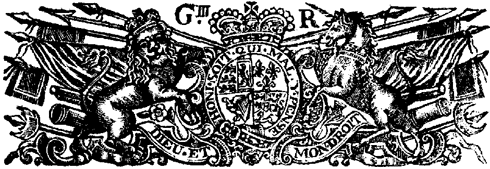

The First Foot Guards
We are a Revolutionary War
reenactment group based in Boston MA,
accurately portraying the royal household regiment that is now known as
The Grenadier Guards
First in England, and later
on the continent, there developed the practice of raising armies with a system
that came to be known as "livery and maintenance." Such a feudal system
encouraged local lords to raise their own armies.
Maintenance was the medieval term for the money payment made to the soldier.
Livery referred to a coat of distinctive color and design that indicated who
the soldier was fighting for.
For servants who attended the lord personally, it became fashionable to dress
them in distinctive uniforms. Bright colors were favored, and there were usually
designs on the livery clothing that corresponded to the lord's coat of arms.
Badges, such as the bear and ragged staff of the Earls of Warwick, were commonly
used on the livery clothes of servants. The custom survives in England with
badges on school uniforms, with City of London guilds (often called livery companies),
and in surviving ceremonial such as the prize of the Doggett's Coat and Badge
(a Thames rowing race).
Even though a lord's livery was worn in the field of battle, it was hardly a true military uniform, since it was worn also by other servants who were not involved in combat.
In turn the king's tenants-in-chief and their retainers owed the king a period of military service, usually 40 days annually. Henry II (1154-1189) replaced this obligation with cash payments known as scutage (or shield-money, from the Latin scutum, or shield) and used the money to pay for a permanent professional army of 'soldiers' as they commonly became known after this time from the (Latin) solidus or king's shilling that they earned as regular pay.
The downside of the feudal system of local armies was brought to a head when two powerful opposing alliances of lords fought each other in the Wars of the Roses. This was solely a struggle for power and royal influence among the magnates, and was not a populist movement. The common people or merchant classes were not involved (unless they were in one of the armies, or had the misfortune to be in the path of an army). It was the Golden Age of Livery and Maintenance. The war went on for thirty years as the English magnates bankrupted themselves in the struggle, and left the monarchy the premier power in the land. A similar occurrence happened in France in the struggle between the King and the Duke of Burgundy.
After the Wars of the Roses, King Henry VII (1485-1509) could not afford to take the chance of an uprising, so he restrained his nobles' old abilities to raise private armies. In 1487 he had a law enacted against livery and maintenance and in 1504 codified existing statutes against "retaining", to prevent the nobles keeping independent forces. His main achievement in this area was in his successful enforcement of these laws, accomplished largely through the vigilance of his increasingly valuable Justices of the Peace, a symbol of an increasingly powerful central government.
By the time of the Civil War, it was the formidable Royal and Parliamentary armies that finally accomplished the deed, and there was no going back.
At the Restoration King Charles II (1660-1685) raised national regiments that had loyalty only to the Crown, and not to a local magnate. This is when the structure of the Guards and the Field Regiments was established, although some regiments, such as the First Foot Guards and Coldstream Guards, had earlier origins.
Interestingly enough, some British companies established their own armies. Such was the case with the East India Company (1600-1858) which ruled the Indian subcontinent. However, the Company, despite the found itself burdened with massive military expenditures, and its destruction seemed imminent. State intervention put the ailing Company back on its feet, and Lord North's India Bill, also known as the Regulating Act of 1773, provided for greater parliamentary control over the affairs of the Company, besides placing India under the rule of a Governor-General. The Rebellion of 1857-57 (Sepoy Mutiny finally broke the back of the Company and its forces, and it was dissolved in 1858, and the administration of India became the responsibility of the Crown
Gradually, the central government of the army (and all else) passed from Parliament
and the monarch to Parliament only.
NEXT
ARTICLE
Go to
"This Date in History"
Click